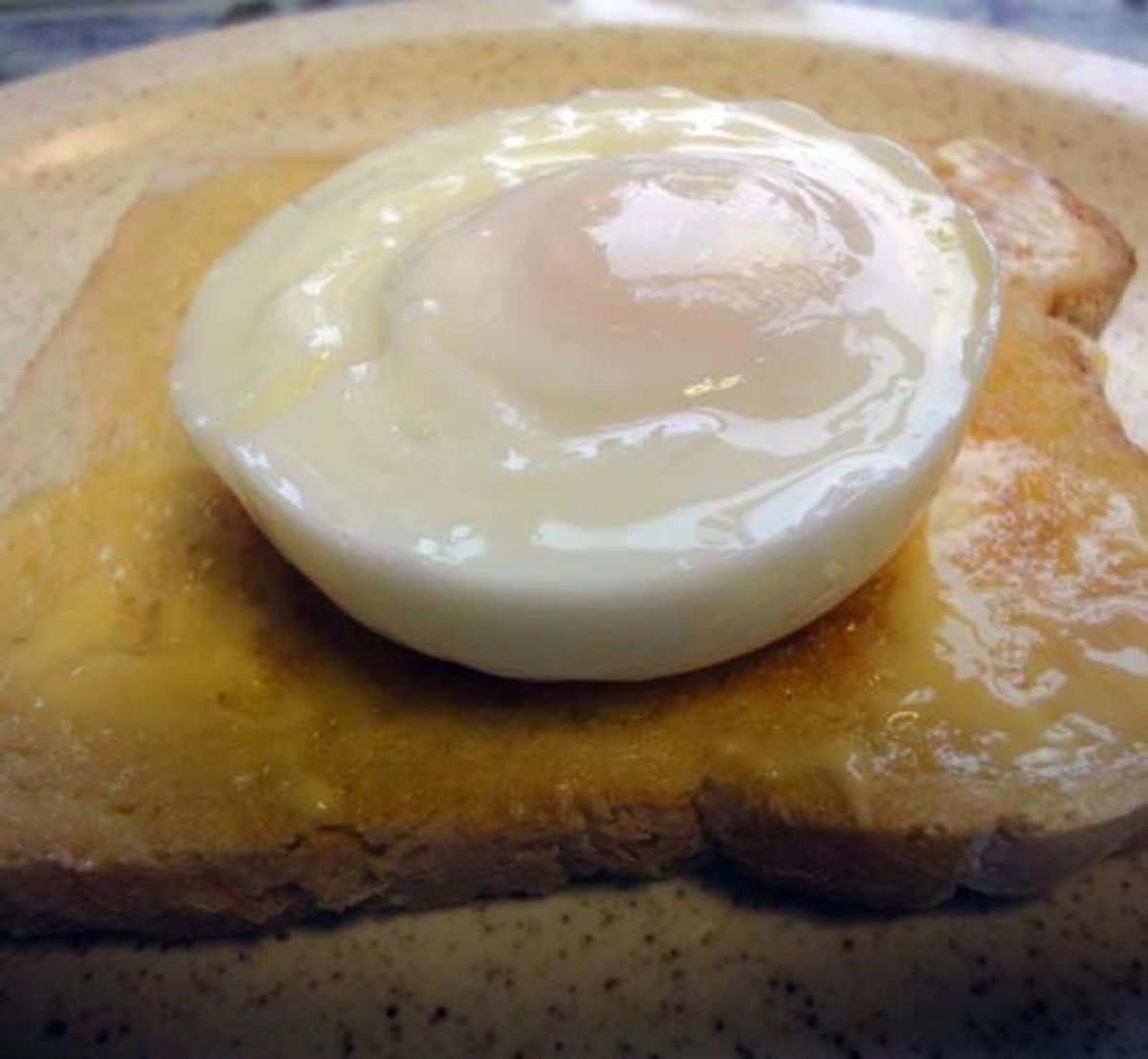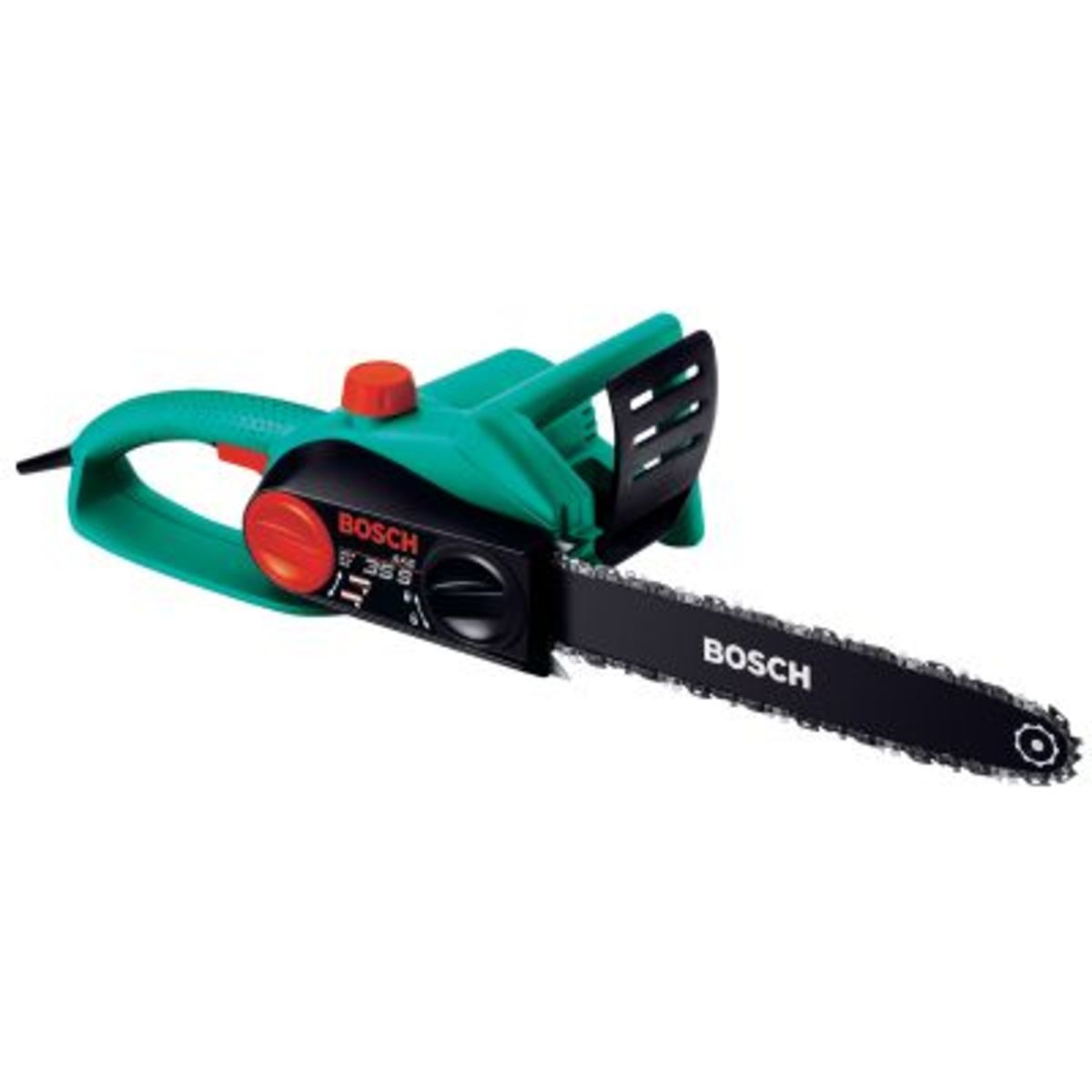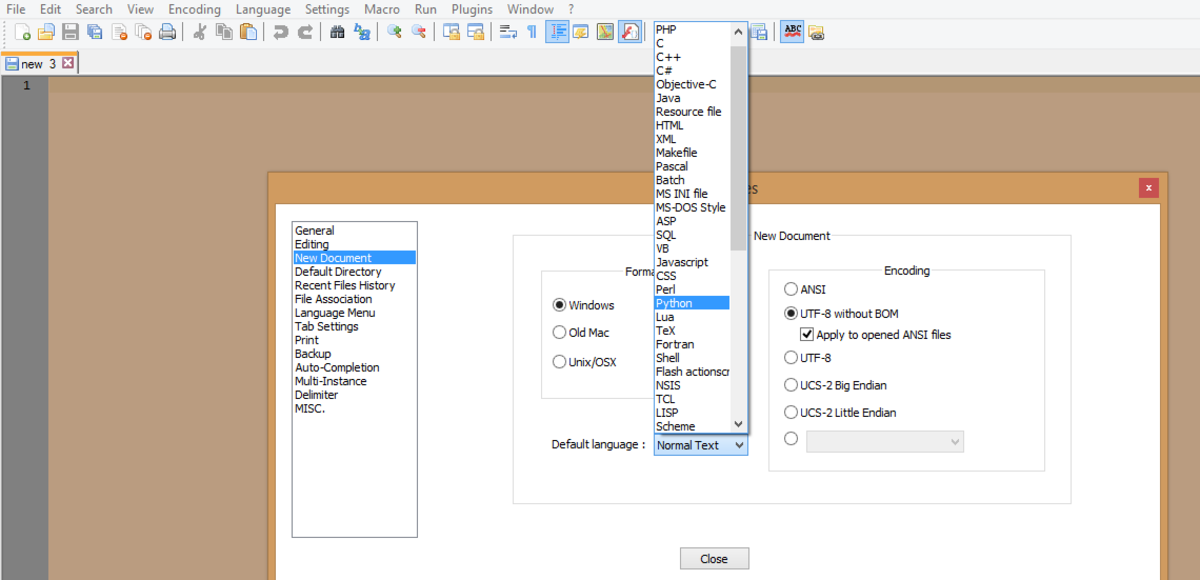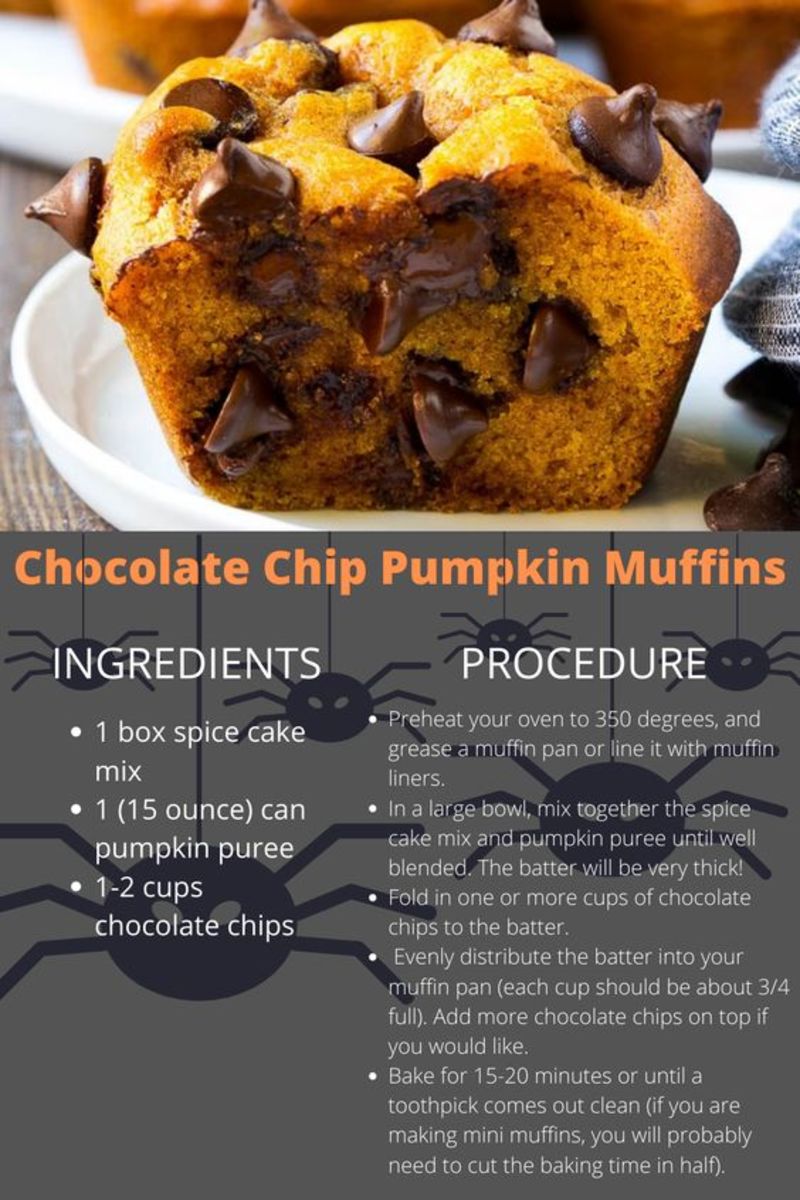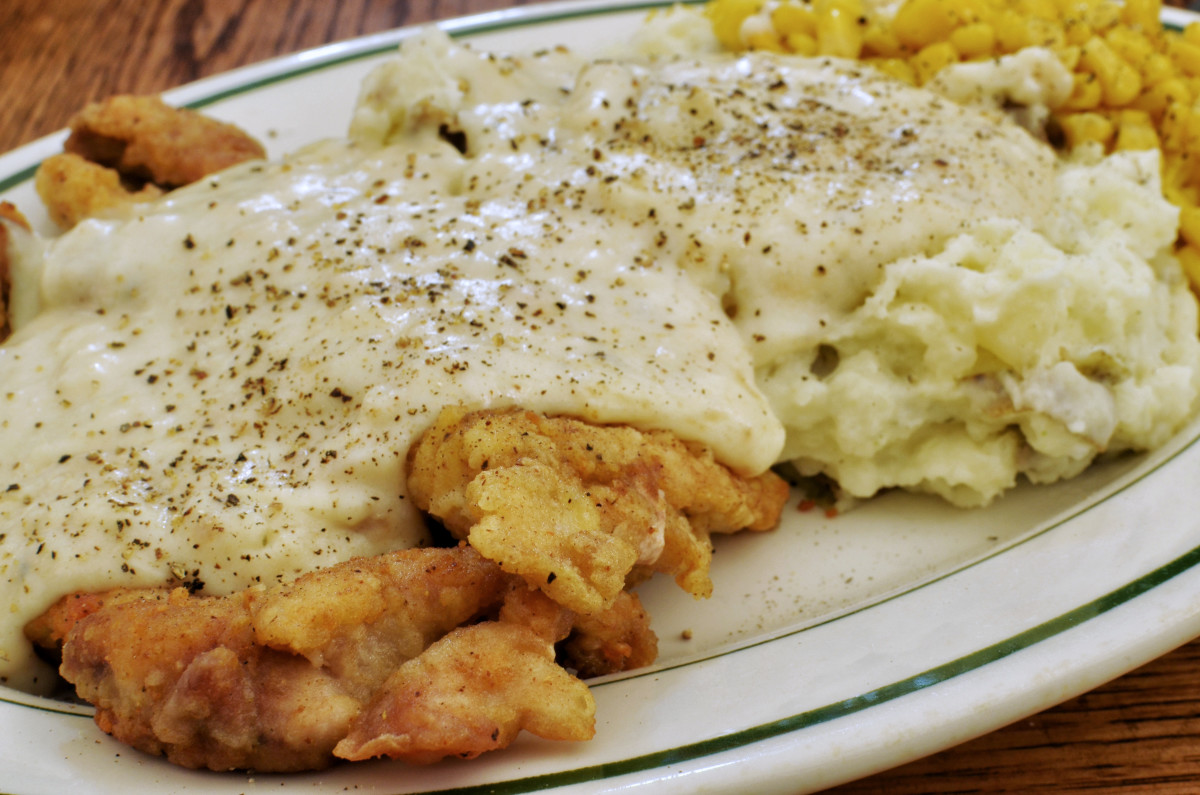A Beginners Guide to Homebrew - Beer
If you're reading these words then you are probably a fan of beer. You wouldn't be here otherwise. So now that you are here I would like to give you a very simple guide into brewing something close to your heart (and your stomach). Before we get into the simple details of how to make your first homebrew it is important to note that the most important thing about home brewing is sterilisation! This can't be emphasised enough. If things aren't properly cleaned then this may be a recipe for disaster.
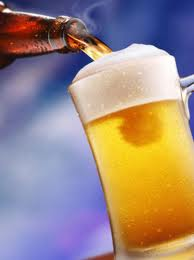
Anyway, let's get started.
Equipment:-
30 litre fermenting bin (you are going to be brewing 23 litres of beer and you will need extra room at the top of the bin as the fermentation process creates a foamy topping. Do not use other large containers unless it is made from a food grade material)
syphon tube
Large pot. A large soup pot should be sufficient.
Wooden spoon.
Bottles. 2 litre plastic bottles will do fine and you will need enough to contain 23 litres. I have bought the really cheap plastic bottles of water from the big supermarkets and it cost me very little indeed.
Beer Ingredients:-
1.5kg tin of malt extract
1kg of Sugar. Brewing sugar would be better, but normal household sugar will do the trick.
Yeast. A sachet of yeast always comes with the tin of malt extract.
And that's about that. There isn't a lot of ingredients in beer production unless you get really fancy with things and take it to the next level. But for now all you want to do is make your first batch of alcoholic beer all by yourself. So lets get started!
1. Remember, remember, remember! Always sterilise your equipment thoroughly before using it. Again, this is a simple, yet effective guide. You could go out and buy sterilisation products. VWP is a commonly used one, but boiling water works amazingly well at sterilising your brewing equipment too. So if all you have is a kettle then start boiling some water. Once you have done this put the plug in your sink and place any equipment and utensils into it. Pour the boiling water into the sink and let things steep in the boiling water for a bit.
2. Put the pot on the cooker and boil another kettle full of water. Make sure you take note of how many pints of water you are using. When the kettle is boiled pour as many pints of water you can into the pot. Fill it to almost two thirds full. Next, open up your can of malt extract with a tin opener and add the contents to the water. It may take a while to get the contents out as it is usually quite thick like treacle. Feel free to add a little boiling water to the can to get out the remnants of the malt extract. Keep the pot on a low heat and continue to stir. After a few minutes add the 1kg of sugar and continue to stir. Do not allow the contents to boil at any stage. You just want to keep things warm and make sure the sugar has dissolved.
3. After around ten minutes in total of stirring it's time to start filling up the fermenting bin. Take note of how many pints/litres of water (including the tin of malt extract) you have in the pot. Pour the contents into the fermenting bin and then add the remaining pints/litres of water to make up 40 pints/23 litres. Now add the yeast sachet that came with the malt extract. You don't need to stir the yeast as it will find its own way around. Put the lid on the bin. The lid should have a facility on it to allow CO2 to escape, but not allow the outside air to get in as if the lid was completely sealed you would wake up one morning and the process of the beer fermentation would have exploded out the top of the bin!
4. Your first fermentation can take anywhere from 5-10 days. Check the wort daily by taking small samples and tasting it. If it still tastes sweet then it's not ready to be bottled. When it tastes bitter then this means the yeast has gobbled up all the sugar and the beer should now be alcoholic to some extent.
5. Bottling. Make sure you have sterilised your plastic bottles and your syphon tube and then start syphoning from your bin to the bottles. Take care not to disturb the bottom of the bin with the tube as you do not want any of the sediment at the bottom getting into your bottles.
6. Now you need to add more sugar to each bottle for the secondary fermentation. You should add around a teaspoon and a half of sugar to each bottle and make sure you have left enough space just before the neck of the bottle to allow air flow. Put the lids on tightly and tip each bottle upside down a few times to circulate the sugar.
7. Patience is a virtue. Your beer should be ready to drink within a week, but the longer you can stay away from it the better it will taste. It will taste very good indeed after 3-4 weeks.
Your beer should stay drinkable for about 3 months and I wouldn't recommend storing it for much longer than this. I don't know why I say this, though, as you will no doubt drink the lot before the 3 months is up.
This is a really simple guide to brewing your first beer. Your homebrew can be as simple or as complicated as you want it to be. But for now I wish you much success in your first venture into the wonderful world of home brewing!
Enjoy!

